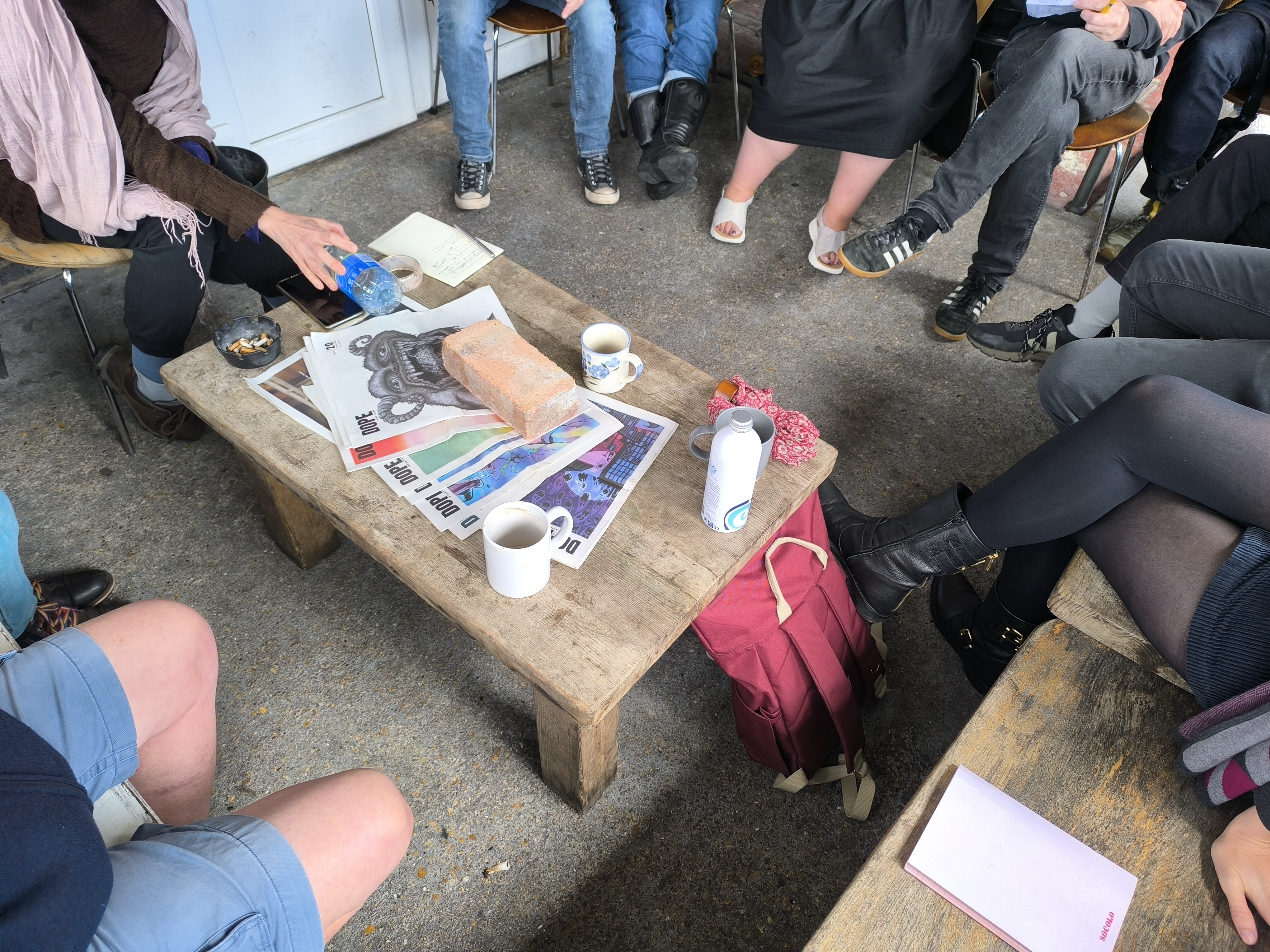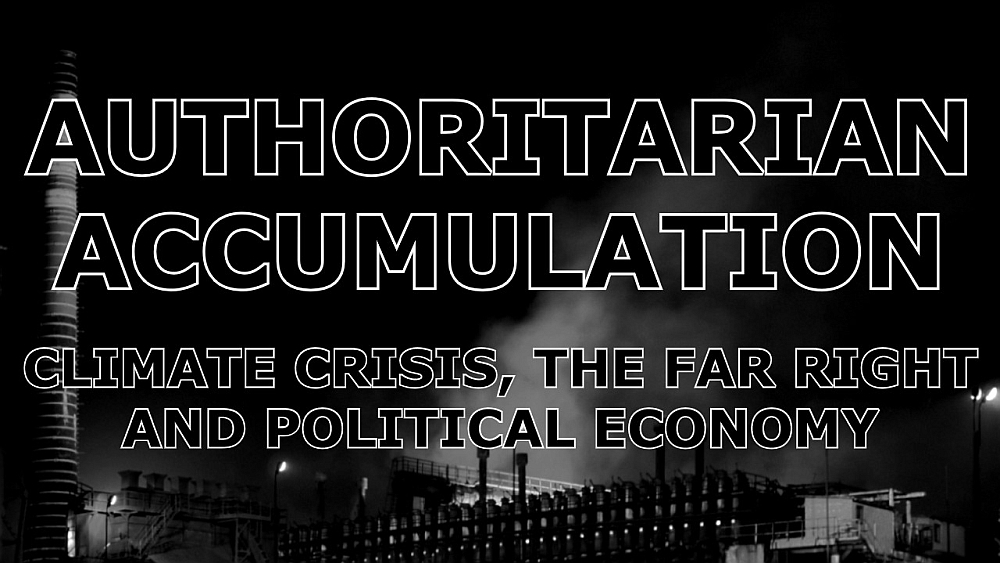Part two of the publication that Plan C distributed in London on the October 20th TUC March.
Towards the end of 2010, we were told by a government spokesperson
“It is quite normal for government officials to be thinking about alternative scenarios [but] ministers haven’t asked for advice on ‘plan B’ because they are very clear that the plan we have is the right plan.” (15.12.2010)
Just because ministers hadn’t asked for advice on Plan B doesn’t mean that advice wasn’t forthcoming. These range from the appealing such as a reduction in working time to the banal, such as a reduction in VAT global Keynesianism, regulation of finance, more employee owned and cooperative models of firms, a recovery fund and increasing the number of university places.
The Plan Bs can be thought of as being in two ‘groups’: those that focus on the needs of the economy and those that concentrate on human needs. Still, a common thread weaves them together: namely, the lack of attention given to the form (and intensity) of social movements and workers’ struggles necessary to actually make these changes.
For many Plan B advocates (progressive or otherwise) the method is to lobby politicians about policy. In the absence of any real threat presented by class struggle though, it seems absurd to ask the state to implement policies so clearly against the short-term interests of capital (in the UK at least).
The nostalgic Plan Bs of the socialist left, on the other hand, still consist in hunting for the agents of change in places largely vacated in the late seventies. It’s as if so long has been spent staring at the image of the 1970s factory worker that he’s been burned onto their retinas so that he appears wherever they look regardless of the changing social environment. The day of this phantom figure remains a straight division between work and leisure, and it’s assumed that he lives in a universe where two slow giants battle each other across continents, each one constantly threatening to outgrow the other. We only have to think about the world and our own working environments to know this is no longer the case.
But the nostalgia goes beyond this. There is a kind of blindness to the very conditions that made the ‘golden age’ of social democracy possible. There is an inability to see that the economic and geopolitical conditions that made the boom years from the Second World War until the social upheavals of the 50s, 60s and 70s no longer exist. There is no Europe to reconstruct, nor space to expand geographically. Markets are saturated, productivity is already at incredibly high levels, the remaining commons enclosed and peasantry on its way out, nations no longer control their currencies and both the Earth and the people who live on it are at breaking point. There is amnesia as to what made the ‘good old days’ possible. The unwaged work of a housewife chained to the kitchen sink. The second class citizenship of all those that weren’t white (and the violence that kept them in line when they tried to improve their wages and lives), the stifling conformity against which the young rebelled, the colonial system of debt bondage and, lets just call it what it is – slavery, that provided raw materials and cheap food to places like the UK. It was the revolts of these oppressed people, as much as the exhaustion of the economic conditions of growth that led to the breakdown of the social democratic experiment in the first place.
Then there are the left liberal Plan Bs that rely on consciousness raising in order to create a sort of enlightenment regarding the altruism that lies within each individual (and the knock-on effect for policy). The greed and crime of bankers, the corruption of politicians, and the tyranny of big business are now exposed, the inherent human goodness still hasn’t kicked in and yet the persistent push towards the salvation this awareness should bring continues.
Despite the plan B rhetoric, there’s a move towards horizontality in the way much of the left is now organising that’s perhaps more suited to today’s working conditions than the decades old socialist models – near immovable, increasingly unimposing, and the product of an ancient devotion, like an Easter Island Head. There is potential in the openness and impermanence of the new movements. It’s possible to see the kernel of something else in the body of these groupings and the things they build. There is a metamorphosis in the constant cycle of collapse and reconstitution that allows for an almost unconscious ‘keeping up with’ the reality of day-to-day living in 2012. This cannot be replicated by ideologues wielding five-year-plans and decades old manifestos.
We can’t consider this enough though. It’s not just a question of moving at the speed of reality but of recognising that we’re the ones who are making it. As such, organising collectively in a way that’s in step with our everyday lives and activities rather than thirty years behind them, shouldn’t be too tall an order. Plan Bs won’t allow us to do this, they’re out of time; a frustrating fantasy, forever out of reach but ultimately comforting because they place no demands on our imaginations.





